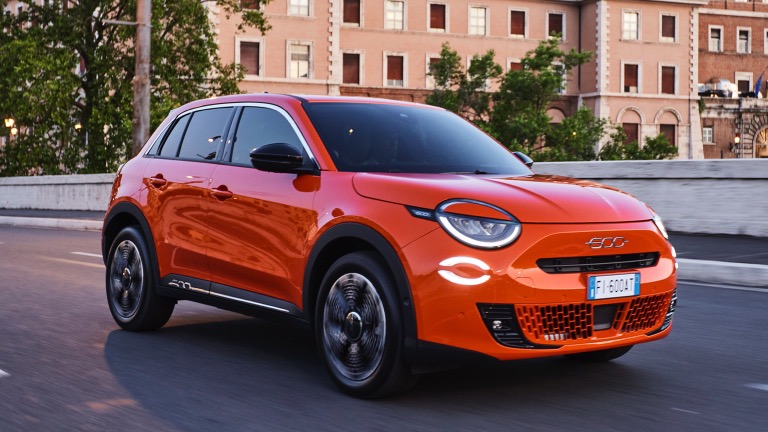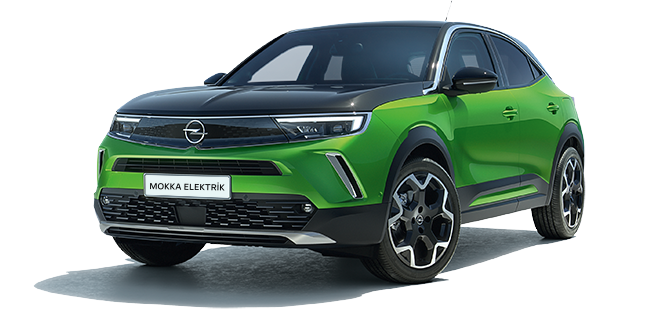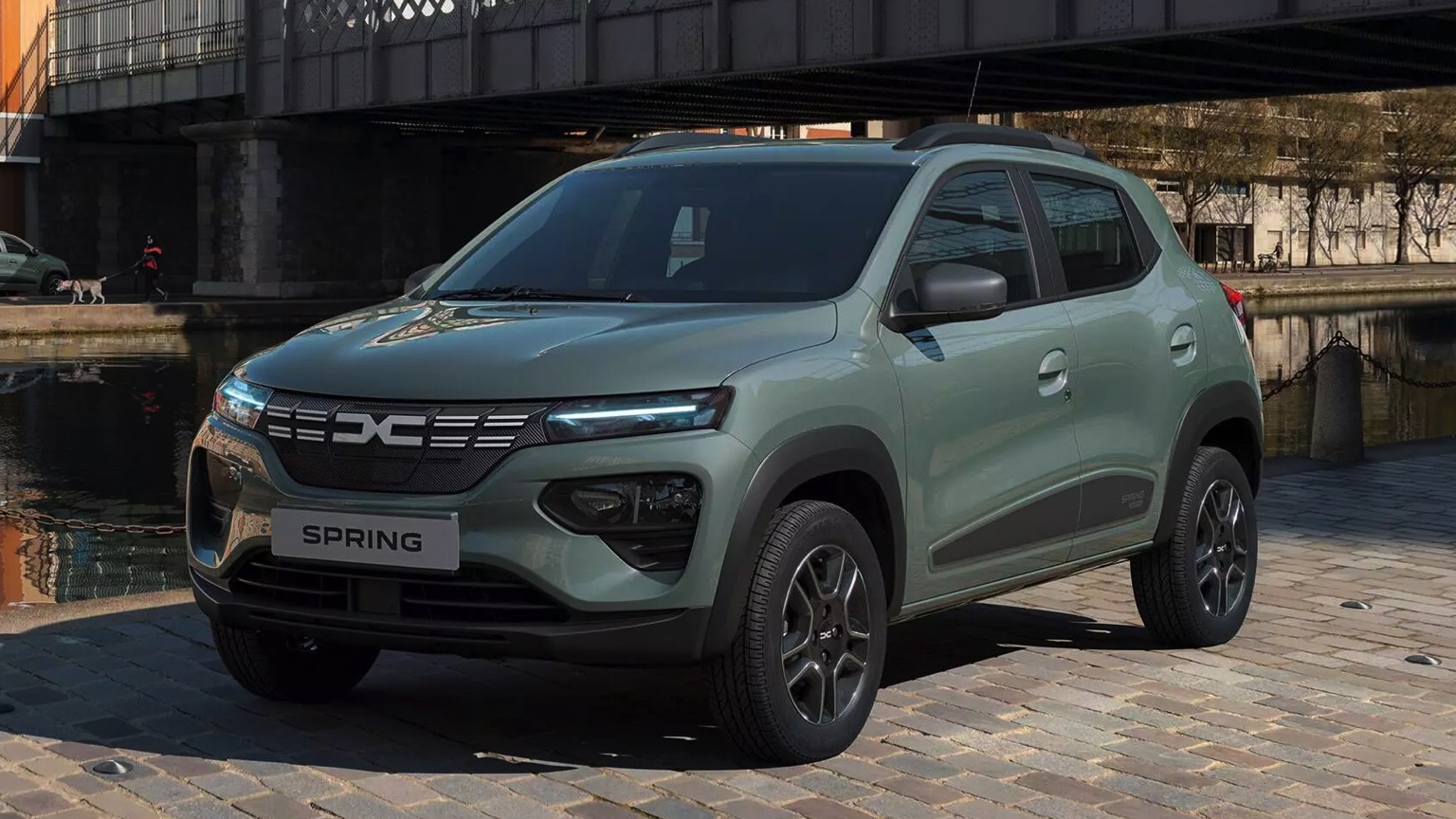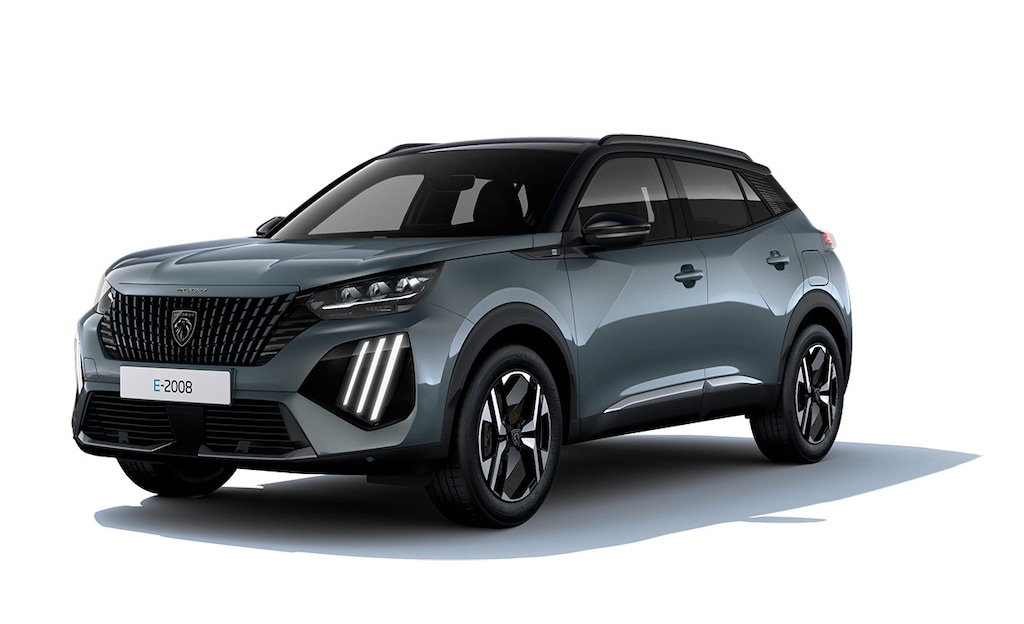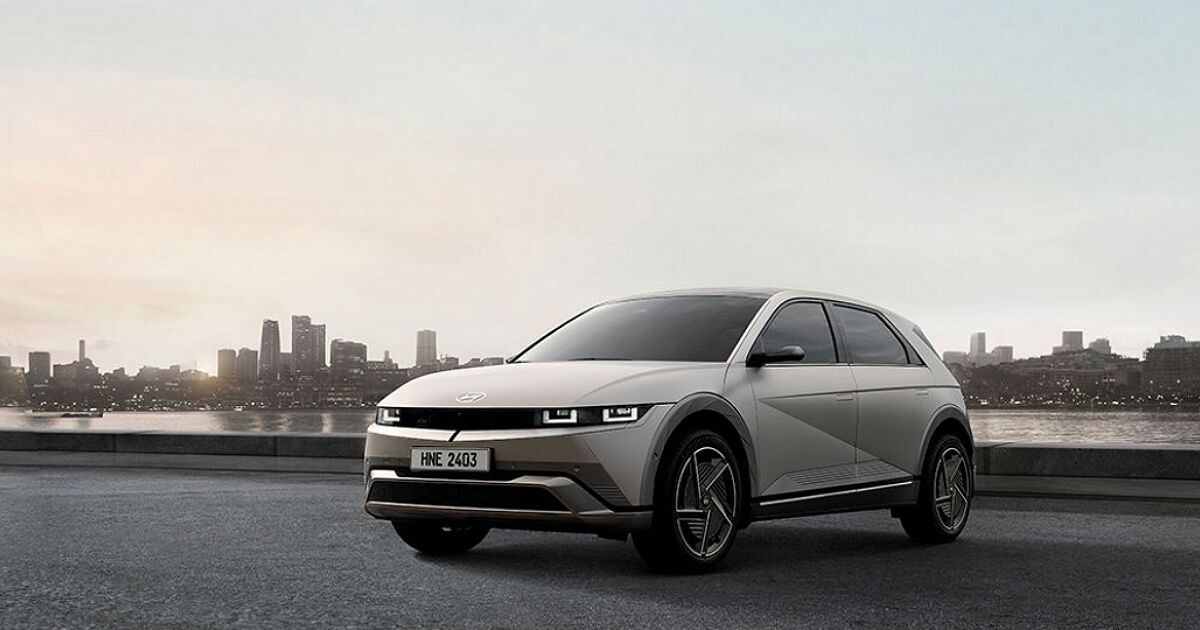Most Efficient Electric Cars & Driving Conditions: Analysis Based on Real User Data
When choosing an electric vehicle (EV), energy efficiency is undoubtedly one of the most crucial criteria. Lower consumption translates to longer range and reduced charging costs. But which electric cars on the market consume the least energy under real-world conditions? And how do factors like temperature, route type, and weather impact efficiency?
This page provides insights by analyzing thousands of real usage data points shared by the VoltajVG community. The ranking and charts presented here are based on actual data reflecting daily driving habits and environmental factors, rather than just laboratory tests (like WLTP).
Efficiency Champions and Influencing Factors
- Lowest Consumption Ranking: See the top electric vehicles with the lowest average energy consumption (kWh/100km or kWh/100mi based on your selection) according to user data.
- Visual Comparisons: Through the provided charts, you can:
- Easily compare the most efficient models on a bar chart.
- Observe the significant impact of temperature on average consumption (Cold weather generally increases consumption).
- Analyze the effect of different route types (e.g., city vs. highway) on consumption.
- Examine how weather conditions (e.g., sunny vs. rainy) affect average consumption.
Why Does This Analysis Matter?
This efficiency ranking and condition analysis based on real user data:
- Offers an objective efficiency comparison between models for those considering buying an electric car.
- Helps current EV owners understand how different conditions affect their vehicle's range and efficiency.
- Provides insights into the real-world performance of popular brands.
- Contains valuable information for drivers looking to optimize range and minimize energy costs.
These analyses become even richer with the continuously updated data from our community. Don't forget to contribute to this valuable resource by sharing your own electric vehicle's data!
Note: The ranking and charts are based on average consumption values calculated from the available data. Individual driving style, vehicle maintenance, tire pressure, and other factors can influence personal consumption figures.


